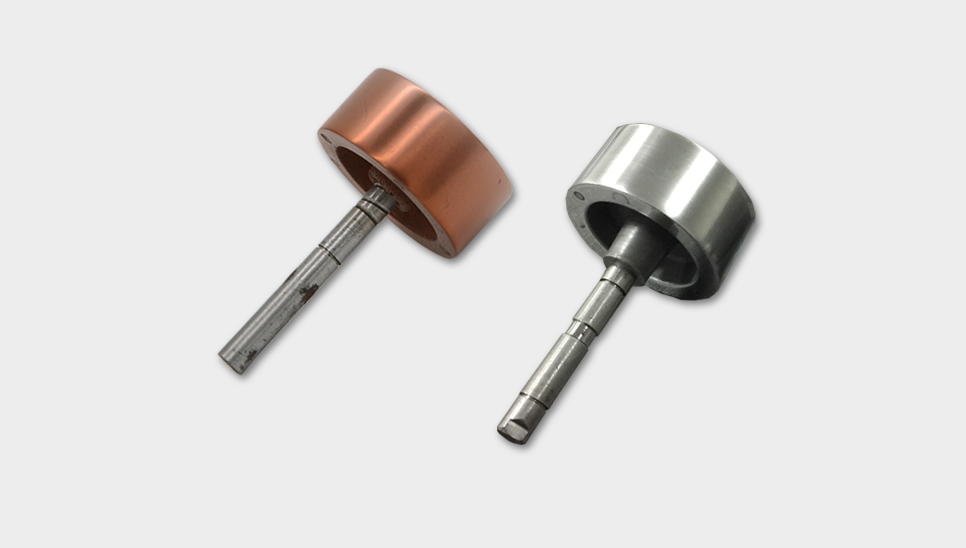The static magnetic field is produced by a constant current or permanent magnet. Magnetostatic shielding is made of ferromagnetic materials with high permeability μ to shield the external magnetic field. It is similar to electrostatic shielding while still has differences.
1. The principle of magnetostatic shielding
The principle of magnetostatic shielding can be explained by the concept of the magnetic circuit. If the ferromagnetic material is made into a cross-sectional loop, most of the magnetic field is concentrated in the ferromagnetic loop in the external magnetic field. This can be analyzed by taking the common ferromagnetic materials and the air in the cavity as a parallel magnetic circuit. The magnetic permeability of a ferromagnetic material is thousands of times greater than that of air, so the magnetic resistance of the cavity is much greater than that of ferromagnetic materials. Most of the magnetic induction lines of the external magnetic field will pass along the wall of the ferromagnetic material, however, the magnetic flux that enters the cavity is very small. In this way, the cavity shielded by ferromagnetic material basically has no external magnetic field in order to achieve the purpose of magnetostatic shielding. With higher the magnetic permeability of the material and the thicker the cylinder wall, the more significant the shielding effect. Commonly used high permeability ferromagnetic materials such as soft iron, silicon steel, permalloy as the shielding layer. Therefore, magnetostatic shielding is also called ferromagnetic shielding.
2. The application of Magnetostatic shielding
Magnetostatic shielding is widely used in electronic devices. For example, flux leakage generated by transformers or other coils can influence the movement of electrons and affect the focus of the electron beam in the oscilloscope or kinescope. In order to improve the quality of the instrument or product, it is necessary to apply magnetostatic shielding to the parts that produce flux leakage. In a watch, a thin soft iron shell can be used as the role of antimagnetic on the outer cover of the movement.
3. The role of multilayer shielding
As pointed out earlier, electrostatic shielding has a good effect. It is because the conductivity of metal conductors is more than dozen orders of magnitude greater than that of air. However, the difference in permeability between ferromagnetic materials and the air is only a few orders of magnitude with usually about several thousand times greater. So, there is always flux leakage of magnetostatic shielding. Multi-layer shielding can be used to shield the residual magnetic flux leakage into the cavity over and over again to achieve a better shielding effect. Therefore, magnetic shielding with a good effect is usually heavy. However, an absolute "magnetostatic vacuum" can be created by using the Meissner effect of superconductors. The Meissner effect means that when a superconductor is placed in an external magnetic field, the magnetic induction intensity B in its body is always zero. Superconductors are completely diamagnetic and have the best magnetostatic shielding effect. But they are not widely applied now.

Other Functional Composite Materials In addition to bonded magnetic compounds, we can also cooperate with customers to develop customized functional composite materials, such as high-density compounds and metal bonded plastic. We are committed to providing customers with new user experience and different design inspiration.
 CN
CN











 Call us on:
Call us on:  Email Us:
Email Us:  1F, Building 3, NO.77 Gaoxin 13 road, Xiaoshan district, Hangzhou
1F, Building 3, NO.77 Gaoxin 13 road, Xiaoshan district, Hangzhou